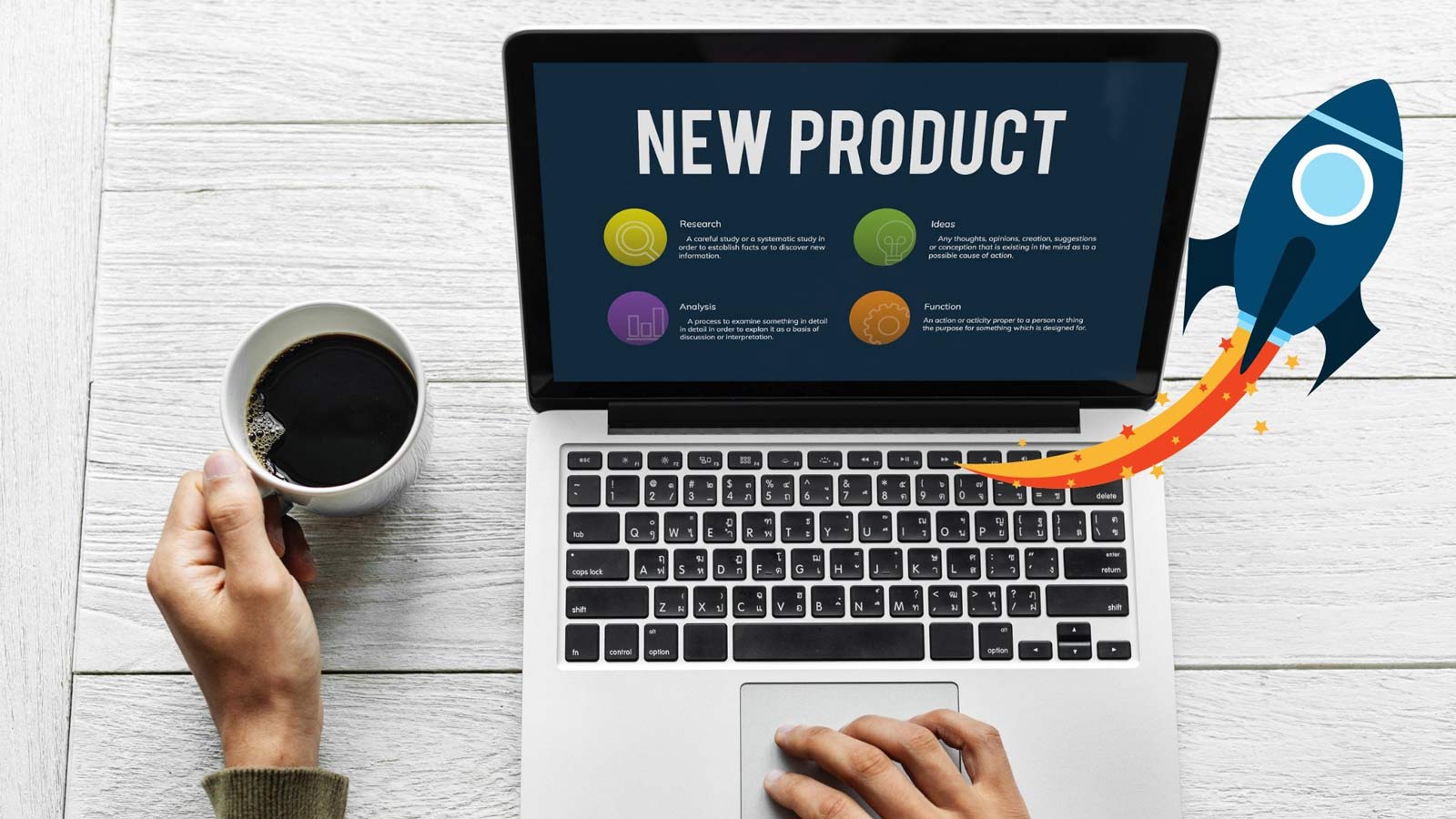A New Product Launch Marketing Plan outlines how you will promote your new product and target users. This plan will also outline your launch content, use digital PR, and target user personas. Once you have these steps complete, you can move on to preparing your launch strategy. Here are a few examples of product launch marketing plans. Adapt them to fit your product or service. Listed below are some examples. Make sure you follow each step carefully!
Product description
As with any marketing plan, the product launch marketing plan is a key element to your strategy. Your goal is to create a clear picture of the product and its main features and benefits, identifying the key messages that will drive your marketing campaign. The product description should also highlight the ways it solves a customer’s problem. It’s important to include measurable goals, such as revenue targets, availability of the product on various channels, budget, and press activities.
Related: Finding Custom Digital Printing in Denver
Target user personas
Buyer personas help marketers better understand the characteristics of different types of customers and help differentiate them from each other. These fictional characters act as a guide in developing a product or service. Buyer personas are fictional characters that represent the ideal profile of potential buyers, while user personas represent actual users of a product. Buyer and user personas are sometimes the same, but their priorities may differ.
Creating personas helps product developers, designers, and support teams build products based on the needs of these ideal customers. The personas also help marketing and sales teams focus their attention on the best customers and filter out unqualified leads. This way, every part of the product development process can be optimized to meet the needs of these ideal customers. In addition, personas help organizations allocate resources and filter out unqualified leads.
Launch content
The launch content of a new product marketing plan is what a company serves to its prospects during the initial weeks or months of a new product. It includes everything from demos, positioning docs, pitch decks, and one-pagers to sales training materials, blog posts, and landing pages. Launch content is the glue that holds the rest of the launch plan together. The following examples will give you a better idea of what this type of content should look like.

Digital PR
Press release writing is an art form, but this is a crucial component of the digital PR for new product launch marketing plan. Press releases should offer value to your target audience and be tailored to the media channel in which it is distributed. You should consider asking key media people for assistance in crafting the content. Be bold and highlight your product’s benefits. If possible, use your company’s name, product name, and other details to create buzz around the new product.
Your email pitch should be compelling and personalized. Twenty-five percent of pitches are rejected for being spammy or impersonal. To stand out from the pack, include product demos, quotes from the CEO, and images. If your business is larger, PR consulting services may be a good use of your funds. An agency can bring their connections and “pound the pavement” work ethic to your PR campaign. It is also helpful to include some social media presence on your website.
Personalization
To make your customer’s experience with your new product more personal, you can use data-driven personalisation. It is the practice of tailoring your messages to individual customers, based on their demographics, purchasing habits, and interests. These techniques can be applied to your email marketing campaigns, social media interactions, retargeting ads, and direct mail activities. They are more effective than mass marketing, which aims to generate brand awareness and reach as many viewers as possible with a generic brand advertisement.
The use cases for personalisation are remarkably varied. They span multiple channels, strategies, and teams. In fact, personalization has become an entire discipline of its own. It aims to make customer experiences more meaningful and engaging by building customer trust and ensuring that they spend more money with a company. There are several types of personalisation, including identity marketing, behavioural targeting, and content personalisation. Personalisation can be a great tool for boosting sales, increasing conversion rates, and encouraging existing customers to spend more.
